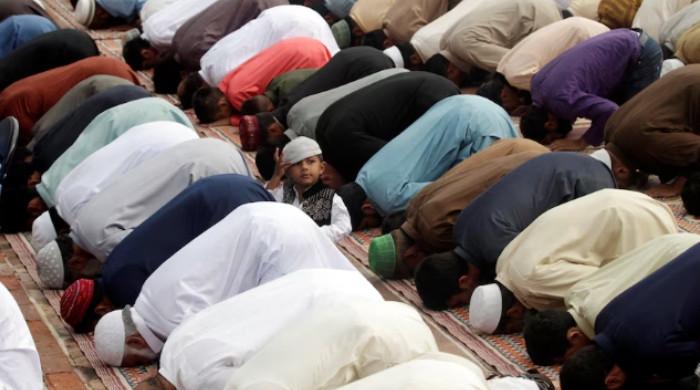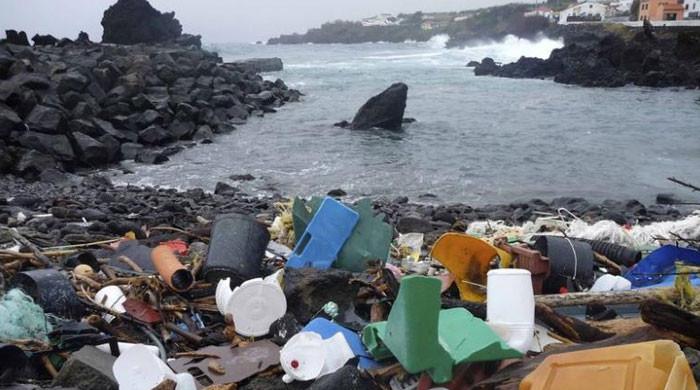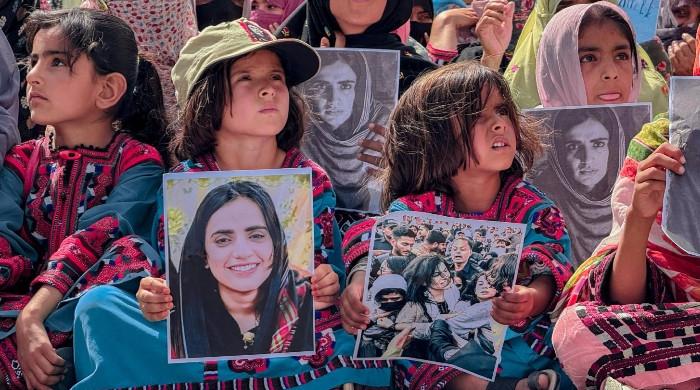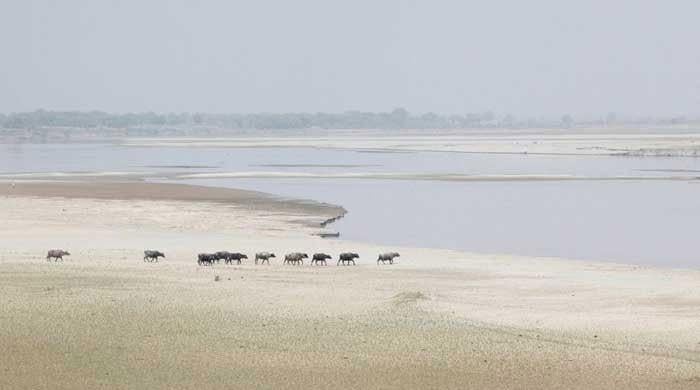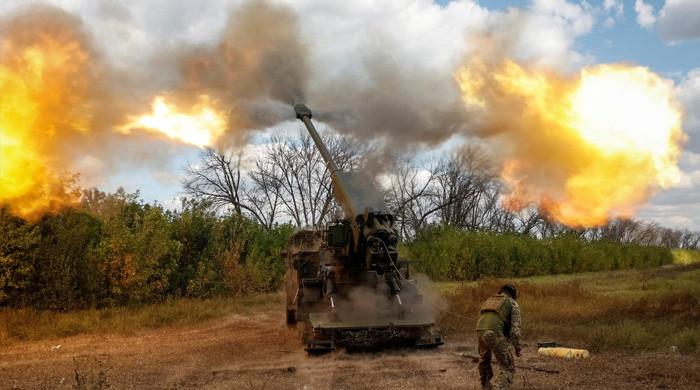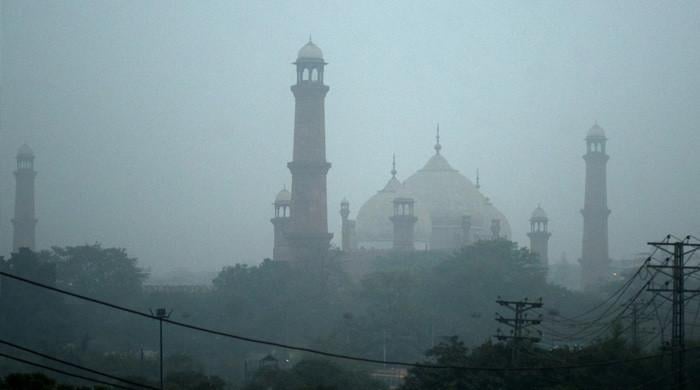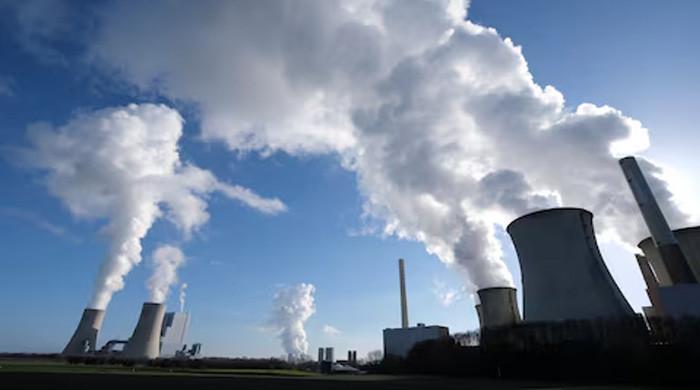Gone with the haze: Can 35 by 35 help?
Primary sources of pollution include vehicular emissions, industrial discharges, crop residue burning
October 30, 2024
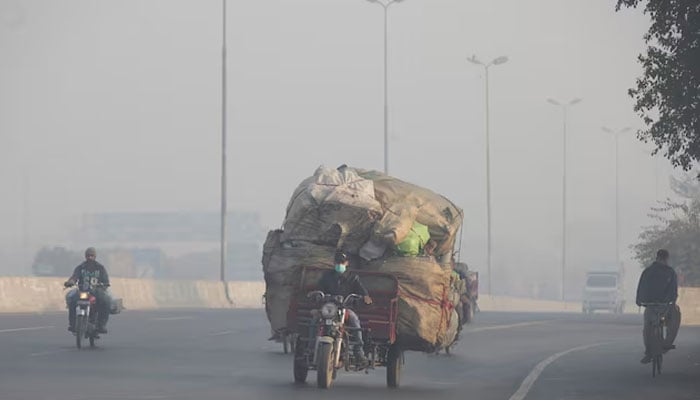
In South Asia, the moniker ‘fifth season’ aptly captures the air pollution and smog that returns annually to engulf urban and semi-urban regions, especially during the winter months. The season is defined by cities shrouded in thick haze, roads lined with coughing commuters, and emergency health alerts, impacting the lives of millions across the region.
Several factors contribute to South Asia’s smog problem, including the region's meteorological conditions and reliance on pollution-heavy transport and industries. Low wind speeds, temperature inversion, and rising humidity levels trap pollutants close to the ground, worsening this recurring phenomenon.
The primary sources of pollution include vehicular emissions, industrial discharges, and crop residue burning. In Pakistan, for example, Lahore alone has witnessed a 60% rise in the number of vehicles over the last decade; naturally, this significantly increases emissions. Meanwhile, in Delhi, the combination of industrial activities and stubble burning often pushes the Air Quality Index (AQI) to hazardous levels of 400-500 during peak winter months, making the air unbreathable for millions.
In Indian states like Punjab and Haryana, and in the Pakistani province of Punjab, stubble burning is a persistent problem. Agricultural burning and the resulting spike in particulate matter (PM2.5) levels significantly worsen air quality. However, it is not just agricultural practices that are the culprit. Improper waste disposal and the use of substandard fuels for domestic and industrial energy purposes further exacerbate air quality, leading to the formation of thick layers of smog that blanket cities each winter.
Unchecked air pollution and smog have profound implications for health, the environment, and the economy. Across South Asia, millions of citizens suffer from respiratory ailments, with conditions like asthma and chronic obstructive pulmonary disease (COPD) becoming commonplace. In Pakistani Punjab, hospital admissions for respiratory issues increase by 20%-30% during smog episodes. Economically, air pollution reduces productivity, strains public health systems, and stunts agricultural yields.
Annual PM2.5 concentration levels in cities like Delhi (98.6 micrograms per cubic metre annually), Lahore (surpassing 80 annually), Dhaka (70.2 annually), and Kathmandu (49.9 annually), are significantly higher than safe levels recommended by the WHO – 5.0 micrograms per cubic metre. The impact of this high level of PM2.5 on sectors like agriculture is particularly damaging, as prolonged exposure to pollutants reduces soil fertility and crop yields, threatening regional food security.
Beyond the immediate public health crisis, poor air quality is also harming agricultural productivity by damaging crops and reducing soil fertility. The economic toll is evident – increased healthcare expenditures and reduced productivity due to illness adding a substantial burden to the economy.
Credit must be given to the government of Punjab in Pakistan, which has introduced a ‘Roadmap for Smog Mitigation in Punjab’. The roadmap contains a range of measures to combat this looming crisis. The Green Mass Transit Program aims to reduce transport emissions by introducing electric buses and e-bikes while regulating fuel quality through rigorous inspections. The province is also enforcing the transition of brick kilns to environmentally friendly zig-zag technology, installing emission control systems in industries, and mandating e-mapping and real-time monitoring of industrial units.
To address the problem of stubble burning, the government has rolled out subsidies for machinery like super-seeders, which allow farmers to manage crop residues without resorting to burning. The use of straw shredders, which not only eliminate the need for burning but also improve soil health by incorporating the residues back into the soil, is also gaining traction. The Punjab government has also initiated awareness campaigns to encourage sustainable agricultural practices.
The government has also enhanced air quality monitoring by establishing a Smog Control Room and employing drone surveillance for real-time regulation. Public engagement initiatives, such as the Mera Punjab Smog-Free Internship Program, aim to mobilise communities and integrate air quality awareness into the education system. These measures reflect a multifaceted approach to tackling a complex and deeply entrenched problem.
Across the border, Indian Punjab and Haryana are implementing similar interventions to address their air pollution challenges. Both states are promoting the use of crop residue management equipment and piloting bio-decomposers to naturally break down stubble in fields. They have expanded their air quality monitoring networks and are enforcing stricter regulations on industries.
The transition to zig-zag technology in brick kilns and the crackdown on unauthorised industrial activities are part of broader efforts to reduce emissions. Both states are also investing in Bharat Stage (BS) VI-compliant fuels, equivalent to Euro VI standards, and are promoting electric vehicles to replace older, high-emission ones. Such coordinated efforts, combined with afforestation drives and public awareness campaigns, are critical to addressing the seasonal smog crisis.
Punjab Chief Minister Maryam Nawaz has rightly emphasised that the air pollution problem transcends national borders, demanding a collective and coordinated response between Pakistan and India.
At a recent Science Policy Dialogue held in Bhutan, policymakers and scientists from the Indo-Gangetic Plain and Himalayan foothills agreed on an ambitious goal: ‘35 by 35’ – an aspirational target to bring annual average PM2.5 levels down to 35 microgrammes per cubic metre by the year 2035. This target is particularly challenging given the current levels of annual PM2.5 concentrations in major cities of South Asia.
Achieving the ‘35 by 35’ goal is vital for several reasons. First, it would significantly reduce health risks and increase life expectancy across the region, lowering rates of respiratory and cardiovascular diseases, especially among vulnerable populations like children and the elderly. Second, it would bring substantial economic benefits by reducing public healthcare costs and improving workforce productivity through fewer work days lost to illness.
Cleaner air would also support broader sustainability goals, such as lowering carbon emissions and advancing renewable energy, contributing to healthier ecosystems and greater biodiversity conservation. Meeting this goal would also enhance the region’s standing with international development standards, further boosting investor confidence and economic growth.
The shared commitment to the ‘35 by 35’ goal underscores the region’s recognition of air pollution as a collective challenge requiring cross-border solutions. It highlights the importance of collaboration between countries like India, Pakistan, Bangladesh, Nepal, and Bhutan, which share a common airshed and face similar pollution sources.
Regional cooperation mechanisms like the Thimphu Outcome are crucial for standardising monitoring tools, sharing methodologies, and mobilising financial resources to support cleaner technologies. The Thimphu Outcome emphasised the critical role of sustained financing and technical cooperation in achieving the ‘35 by 35’ goal, while also acknowledging the need for close interaction between science and policy to drive effective solutions.
Air pollution remains a critical challenge demanding urgent, multifaceted action. South Asia's pursuit of the ‘35 by 35’ goal is ambitious but essential to safeguard both its citizens and its economies. Achieving clean air will require a convergence of science, policy, and finance – along with a collective will to act. For countries like Pakistan, the stakes are high, but the rewards of cleaner air and healthier lives are more than worth the effort.
Each year, as the fifth season looms, threatening lives and livelihoods, South Asia stands at a crossroads: breathe together in harmony or suffocate alone in the haze of inaction.
The writer heads the Sustainable Development Policy Institute. He tweets/posts @abidsuleri
Disclaimer: The viewpoints expressed in this piece are the writer's own and don't necessarily reflect Geo.tv's editorial policy.
Originally published in The News




